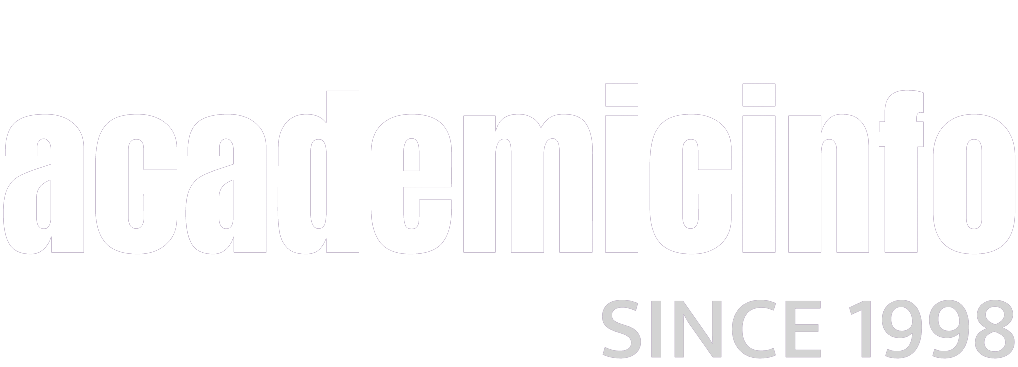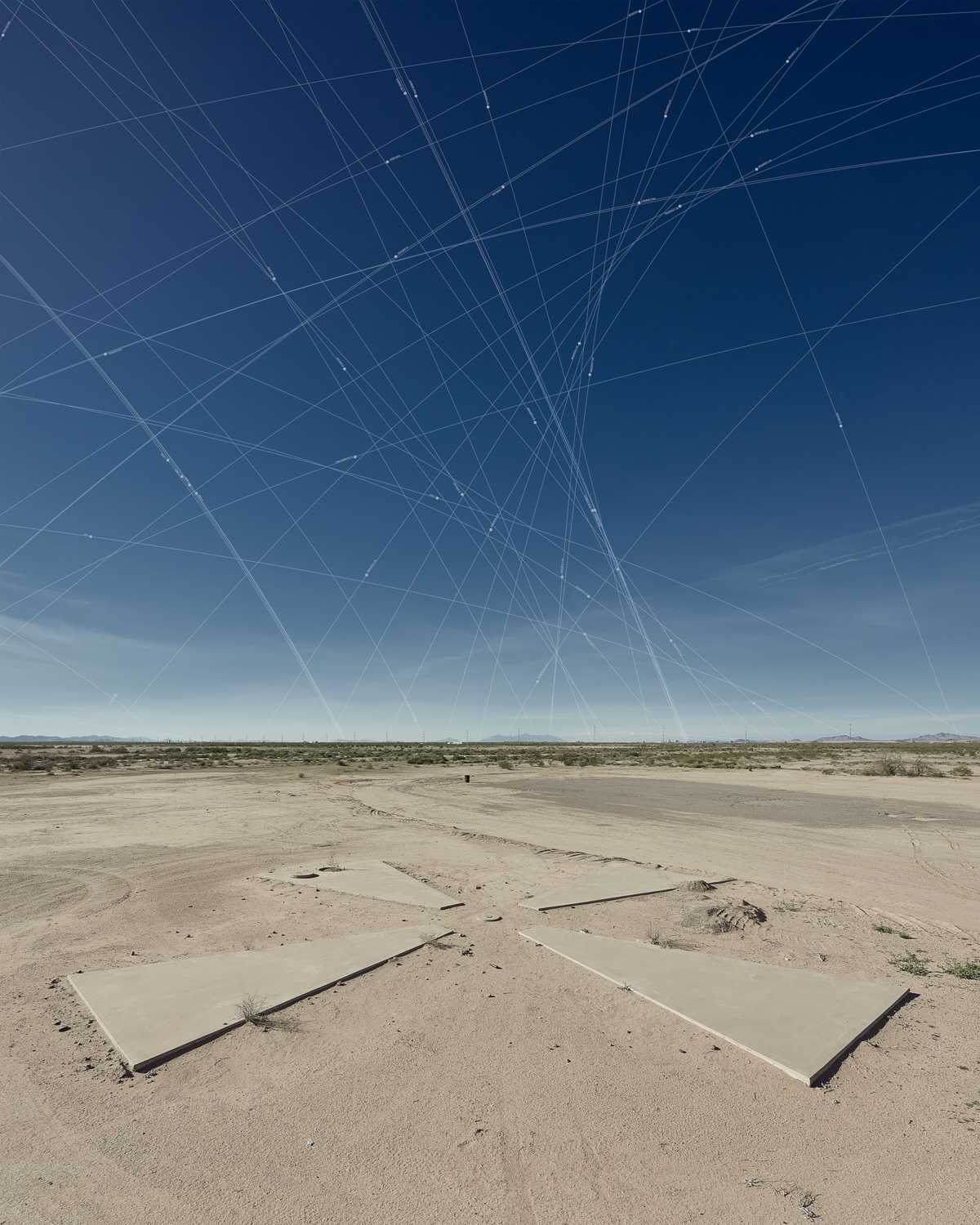Julie Anand - Questioning Conventional Boundaries Through Photographic Art
Published on: October 16, 2021
Julie Anand is associate professor of photography in the School of Art and senior sustainability scholar in the Julie Ann Wrigley Global Institute of Sustainability at Arizona State University. Her projects, informed by a background in ecology and geology, often explore material culture, body/land relations and issues of interdependency/boundary. Material Histories, large montages of artifacts collected on walks that act as socio-environmental mirrors, were featured in the exhibition Nowhere to Hide: Three Artists in the Desert at the ASU Art Museum in 2009. This work was recently published in the text "Art & Politics: A Small History for Social Change after 1945*"* (Mesch, 2013). Anand’s honors include Arizona State University’s Global Institute of Sustainability Research Grant (2013) for a collaborative children’s art project in Honduras, Evelyn Smith Endowed Professorship for the School of Art (2010), Katherine Herberger Faculty Enrichment in the Arts Grant (2010) for Common Ground—a collaborative public art/landscape design, the Institute for Humanities Research Fellowship (2007) to explore ecological art, and an Artist Grant from the Contemporary Forum of the Phoenix Art Museum (2006). She has lectured at the Geological Society of America, the Art Institute of San Francisco, the School of the Museum of Fine Arts in Boston, and the Phoenix Art Museum among other contexts. She enjoys developing courses that bring people from diverse backgrounds together including Experimental Film and Art and Ecology, both open to all majors.
Please tell us a bit about who you are and what you do.
I am a collaborative photographic artist living in the Sonoran desert who has been teaching at Arizona State University for sixteen years.
Where does your interest in Photography come from?
I was trained in the natural sciences—Ecology and Geology—before gravitating to the fine arts. Photography seemed to me a marriage between science and art and it seemed like an open vessel into which to pour ideas and explorations.
What inspired you to become an educator?
I really never expected to become a teacher. I didn't approach the world from a "what I want to be when I grow up" perspective, but rather a "what do I want to learn about" one. In graduate school, I had the opportunity for the first time to teach classes. I've loved school my whole life and I figured that by becoming a teacher, I could stay in school forever. Also, even though I never expected to become a teacher myself, I had a series of brilliant teachers growing up. Mrs. Anderson taught me poetry when I was eight years old and introduced me to metaphor. It changed my life.
In the past two decades, technology has advanced very quickly, from analog to digital, dslr to mirrorless. How has this influenced the way you teach?
At ASU, we have a non-hierarchical apprach to tools—encouraging students to use the tools that are appropriate for their ideas. The history of photography, among many other stories, is the story of shifting technologies. It will continue to be so. We try to embrace new technologies while preserving historical materials and methods.
What is the most rewarding aspect of your job as a professor in photography?
I think it's a great privilege to do idea-based work in the world. I work with my own and other people's ideas all day long. It's also incredible to get to know my students deeply through the personal risks they take sharing through their art projects.
Do you have any success stories from former students? We would love to hear them!
Many students from ASU go on to win prestigious awards. We've had two John Simon Guggenheim Fellowship winners in the past five years that I am remembering right now—Mike Lundgren and Nadia Sablin. Several former students have published books, even more go on to become teachers or professors in their own right.
Is there anything specific you are working on right now?
I am working on a solo ecological art project called Four Acts right now that explores a symbiotic and metaphoric relationship with plants. I am also working on a long-term collaborative project called Ground Truth. Artist Damon Sauer and I map the contemporary satellites into the skies above concrete crosses in the desert that were made to train the eyes of early spy satellites. You can see images at 2circles.org
Where can our readers discover more of your work or sign up for your program?
https://art.asu.edu/degree-programs/photography?dept=160349&id=1 The photography program in the ASU Herberger Institute School of Art is an environment that fosters new knowledge, exploration and a thorough understanding of this rapidly expanding field. Distinguished faculty use diverse creative interests to encourage students to cultivate ideas and technical expertise in ways that parallel the critical, cultural and historical analysis of art.asu.edu

